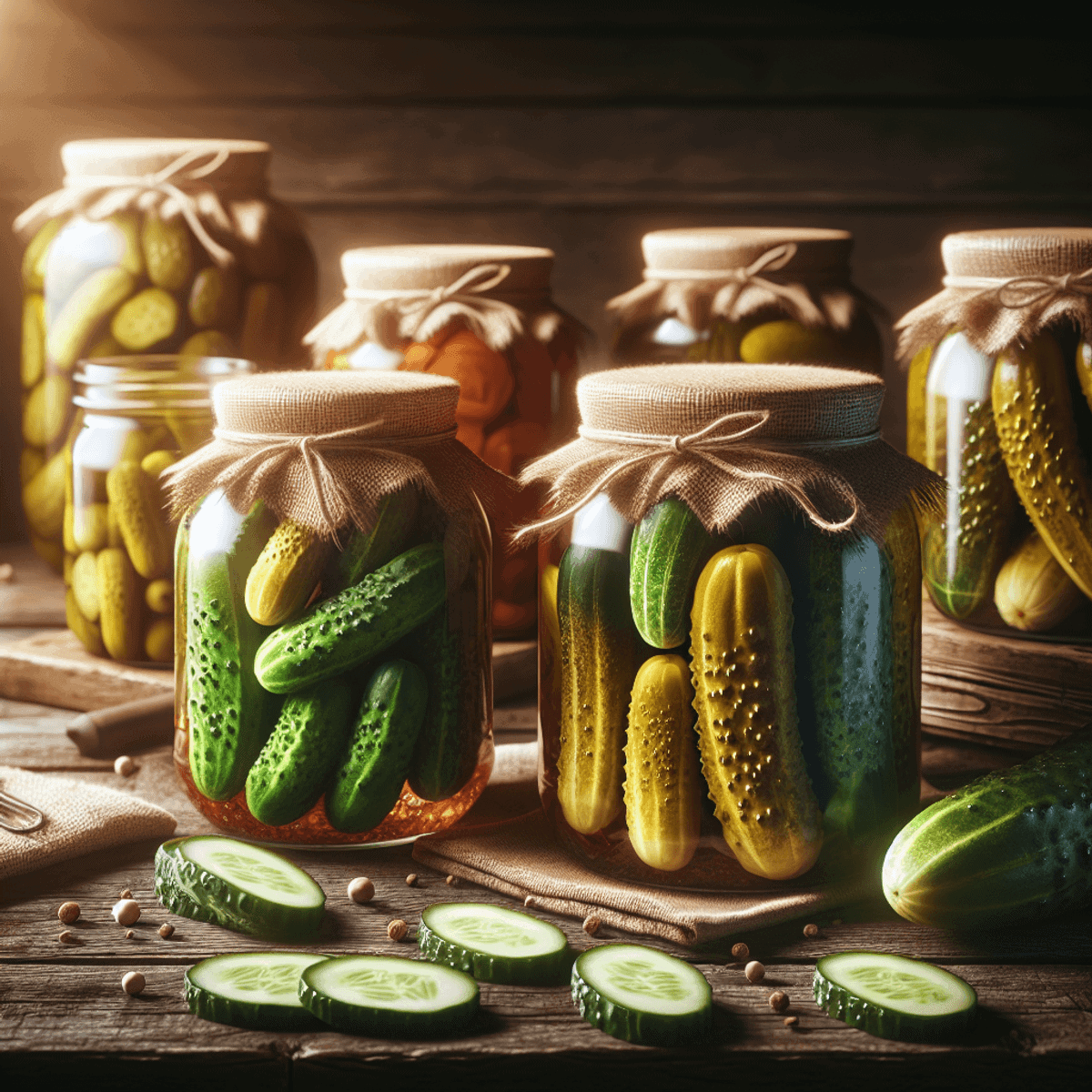National Cheese Day, celebrated annually on June 4th, has become a beloved event among cheese enthusiasts. This special day is not just about indulging in your favorite cheeses but also honoring the rich history and cultural significance of cheese around the world.
Cheese has fascinated people for thousands of years, with its production dating back approximately 7,000 to 8,000 years. From ancient civilizations to modern times, cheese has played a pivotal role in various cultures’ culinary traditions.
National Cheese Day stands as a testament to this enduring love for cheese. It offers an opportunity for:
- Cheese lovers to explore new flavors.
- Foodies to delve into the diverse varieties and textures of cheese.
- Families and friends to come together and celebrate through tastings and culinary experiments.
It’s more than just a day of indulgence; it’s a celebration that highlights the craftsmanship and tradition behind each wheel and wedge of cheese. As you savor your favorite cheeses or discover new ones, you’re partaking in a global tradition that spans continents and centuries.
In recognizing National Cheese Day, we also embrace the cultural significance of cheese – from its historical origins to its place in contemporary cuisine. Join the celebration and immerse yourself in the world of cheese this June 4th!
The Fascinating History of Cheese
Cheese production dates back approximately 7,000 years, with its origins rooted in ancient civilizations. The earliest recorded cheese-making techniques can be traced to the Middle East and Central Asia, where nomadic tribes discovered that storing milk in animal stomachs led to curdling and the formation of cheese.
Ancient Cheese Making Techniques
- Middle Eastern Origins: Nomadic herders likely stumbled upon the first cheese by accident. Storing milk in containers made from animal stomachs, which contain natural rennet, caused the milk to curdle and separate into curds and whey.
- European Evolution: By the time cheese reached Europe, various cultures began experimenting with different methods of aging and flavoring. The Greeks and Romans were known for their sophisticated cheese varieties, often incorporating herbs and spices.
Historical Significance Across Cultures
Cheese played a crucial role in many ancient diets due to its nutritional value and long shelf life. In Roman times, soldiers carried hard cheeses as part of their rations. During the Middle Ages, monasteries became centers of cheese production, refining techniques that laid the foundation for many modern European cheeses.
- Ancient Greece: Cheese was a staple in Greek cuisine. Homer’s “Odyssey” features descriptions of cheese-making on the island of Sicily.
- Roman Empire: Romans appreciated cheese in various forms, from fresh ricotta to aged pecorino.
- Medieval Europe: Monasteries across Europe perfected aging techniques, leading to iconic cheeses like Roquefort and Gruyère.
The journey from ancient cheese-making techniques to modern production showcases how deeply embedded cheese is in human history.
Understanding National Cheese Day: A Celebration Worth Indulging In
National Cheese Day is an annual event celebrated on June 4th, dedicated to the love and appreciation of cheese. This special day encourages cheese enthusiasts to indulge in a variety of cheeses, discover new flavors, and share their passion with others. The origins of National Cheese Day are somewhat unclear, but its growing popularity highlights the universal appeal of cheese.
Why June 4th?
The choice of June 4th for this celebration aligns with the beginning of summer in many parts of the world, a season perfect for picnics, barbecues, and outdoor gatherings where cheese often takes center stage. This date serves as an ideal occasion for people to come together and enjoy everything cheese has to offer.
The Role of the International Dairy Foods Association
The International Dairy Foods Association (IDFA) has played a significant role in promoting National Cheese Day. By recognizing this delicious holiday, the IDFA aims to:
- Highlight the economic importance of the dairy industry.
- Promote the nutritional benefits of cheese.
- Encourage support for local dairy farmers and producers.
Through various campaigns and events, the IDFA helps raise awareness about cheese’s versatility, rich history, and cultural significance. Their efforts ensure that National Cheese Day remains a cherished celebration for cheese lovers everywhere.
Exploring the World of Cheeses: From Cheddar to Mozzarella and Beyond
Popular Cheese Varieties
Cheddar and mozzarella are among the most beloved cheese varieties worldwide.
1. Cheddar
Originating from England, cheddar is a hard, sharp-tasting cheese that ranges from mild to extra mature. It’s versatile, commonly used in sandwiches, casseroles, and as a snack.
2. Mozzarella
Known for its creamy texture and mild flavor, this Italian cheese is essential in dishes like pizza and caprese salad. Fresh mozzarella is especially prized for its soft, almost elastic consistency.
Fun Facts About Cheese
Even the most seasoned cheese lovers might be surprised by these tidbits:
- There are over 4,000 types of cheese worldwide.
- The oldest known cheese is Roquefort, which has been made for over 1,000 years.
- The largest cheese wheel ever made weighed more than 34,000 pounds.
A Journey Through Global Cheese Traditions
Cultural Significance
Cheese holds a special place in many cultures around the globe:
- France: Known as the land of fromage, France boasts an impressive variety of cheeses like brie, camembert, and roquefort. French meals often conclude with a cheese course.
- Italy: Besides mozzarella, Italy offers parmesan, ricotta, and gorgonzola. Cheese here is not just an ingredient but a culinary art form.
- Switzerland: Famous for its fondue and raclette dishes, Swiss cheeses such as Emmental and Gruyère play crucial roles in traditional Swiss cuisine.
Regional Specialties
Unique flavors and textures emerge from regional specialties:
- Spain: Manchego cheese from La Mancha is celebrated for its buttery texture and nutty flavor.
- Greece: Feta is a cornerstone of Greek cuisine, adding tanginess to salads and pastries.
- Mexico: Queso Oaxaca resembles mozzarella but has a stringier texture; it’s perfect for melting.
Exploring these diverse varieties not only enhances your palate but also deepens your appreciation for the cultural significance of cheeses globally.
Delicious Recipes to Celebrate National Cheese Day at Home
National Cheese Day is a great chance to enjoy some simple yet tasty recipes featuring delicious cheeses. Here are a few ideas to help you get started:
Creamy Macaroni and Cheese
A classic comfort food, creamy macaroni and cheese is always a crowd-pleaser. Here’s a simple recipe:
Ingredients:
- 2 cups elbow macaroni
- 4 tablespoons butter
- 4 tablespoons all-purpose flour
- 2 cups milk
- 2 cups shredded cheddar cheese
- Salt and pepper to taste
Instructions:
- Cook the macaroni according to package instructions, then drain.
- In a saucepan, melt the butter over medium heat.
- Stir in the flour and cook for about 1 minute until it forms a paste.
- Gradually add the milk, stirring constantly until the mixture thickens.
- Remove from heat and stir in the shredded cheddar cheese until melted.
- Combine the cheese sauce with the cooked macaroni.
- Season with salt and pepper, then serve hot.
Impressive Charcuterie Board
Creating a charcuterie board is another delightful way to celebrate National Cheese Day. It’s versatile, visually appealing, and perfect for sharing.
Components:
- Cheeses: Select a variety of textures and flavors such as brie, gouda, blue cheese, and aged cheddar.
- Meats: Include cured meats like prosciutto, salami, and chorizo.
- Fruits: Fresh fruits like grapes, figs, and apple slices complement cheese well.
- Crackers & Bread: Offer an assortment of crackers and sliced baguette.
- Extras: Add nuts, olives, honey, and jams for additional flavor.
“When arranging your charcuterie board, balance colors and shapes for visual appeal.”
Hosting an Unforgettable Cheese Tasting Event
For those looking to elevate their celebration, hosting a cheese tasting event can be an unforgettable experience.
Expert Tips:
- Curate a Selection: Choose five to seven cheeses that offer a range of flavors from mild to strong. Include both hard and soft varieties.
- Label Each Cheese: Prepare labels with the name and origin of each cheese for an educational touch.
- Pairings Matter: Suggest pairings such as:
- Brie with honey or fig jam
- Gouda with apple slices
- Blue cheese with pear slices or dark chocolate
- Accompaniments: Provide breadsticks, nuts, dried fruits, and pickles to enhance the flavors.
- Beverage Pairings: Offer wines that complement your cheeses – white wines like Sauvignon Blanc go well with soft cheeses while red wines like Merlot pair nicely with harder cheeses.
“Remember to let your cheeses come to room temperature before serving for optimal flavor.”
With these recipes and tips, celebrating National Cheese Day at home becomes an enjoyable culinary adventure rich in diverse flavors and textures that honor this beloved food’s cultural significance.
The Surprising Health Benefits of Enjoying Your Favorite Cheeses in Moderation
Nutritional Value Breakdown
Cheese is not just a delightful treat; it also packs a nutritional punch. When consumed in moderation, various types of cheese provide essential nutrients that contribute to overall well-being.
- Protein Source: Cheese is an excellent source of high-quality protein, which is crucial for muscle repair and growth. For instance, Parmesan contains about 10 grams of protein per ounce.
- Calcium: One of the most well-known benefits of cheese is its calcium content, vital for maintaining healthy bones and teeth. A single slice of cheddar can offer up to 20% of your daily calcium needs.
- Probiotics: Certain cheeses like Gouda and mozzarella contain probiotics, beneficial bacteria that promote gut health. These probiotics can enhance digestion and boost the immune system.
Essential Nutrients
Cheese also provides a range of other essential nutrients:
- Vitamin B12: Vital for nerve function and the production of red blood cells, found abundantly in varieties like Swiss cheese.
- Zinc: Important for immune function, zinc is present in many types of cheese including blue cheese and feta.
- Vitamin A: Cheeses such as Brie and Limburger are rich in Vitamin A, supporting eye health and immune function.
Healthy Fats
While cheese does contain fats, these are often healthy fats that can support heart health when eaten in moderation.
“The key lies in portion control,” says nutritionist Jane Doe. “Enjoying a small amount regularly can be both satisfying and beneficial.”
Understanding these health benefits makes indulging in your favorite cheeses not just a culinary pleasure but also a contribution to your nutritional intake.
Join The Celebration! Embrace New Flavors And Support Local Producers On This Special Holiday
National Cheese Day on June 4th is a perfect opportunity to explore new flavors and support local artisans. Whether you’re a cheese enthusiast or just starting out, discovering artisanal cheeses can lead to wonderful surprises.
Here’s how you can celebrate:
- Explore New Flavors: Visit local farmers’ markets or specialty cheese shops to find unique varieties. Trying something new could mean discovering your next favorite cheese.
- Support Local Producers: Purchasing from local cheesemakers not only helps small businesses but also ensures you get fresh, high-quality products.
By participating in these activities, you can turn your celebration into a chance to become a true cheese expert while indulging in its deliciousness.















